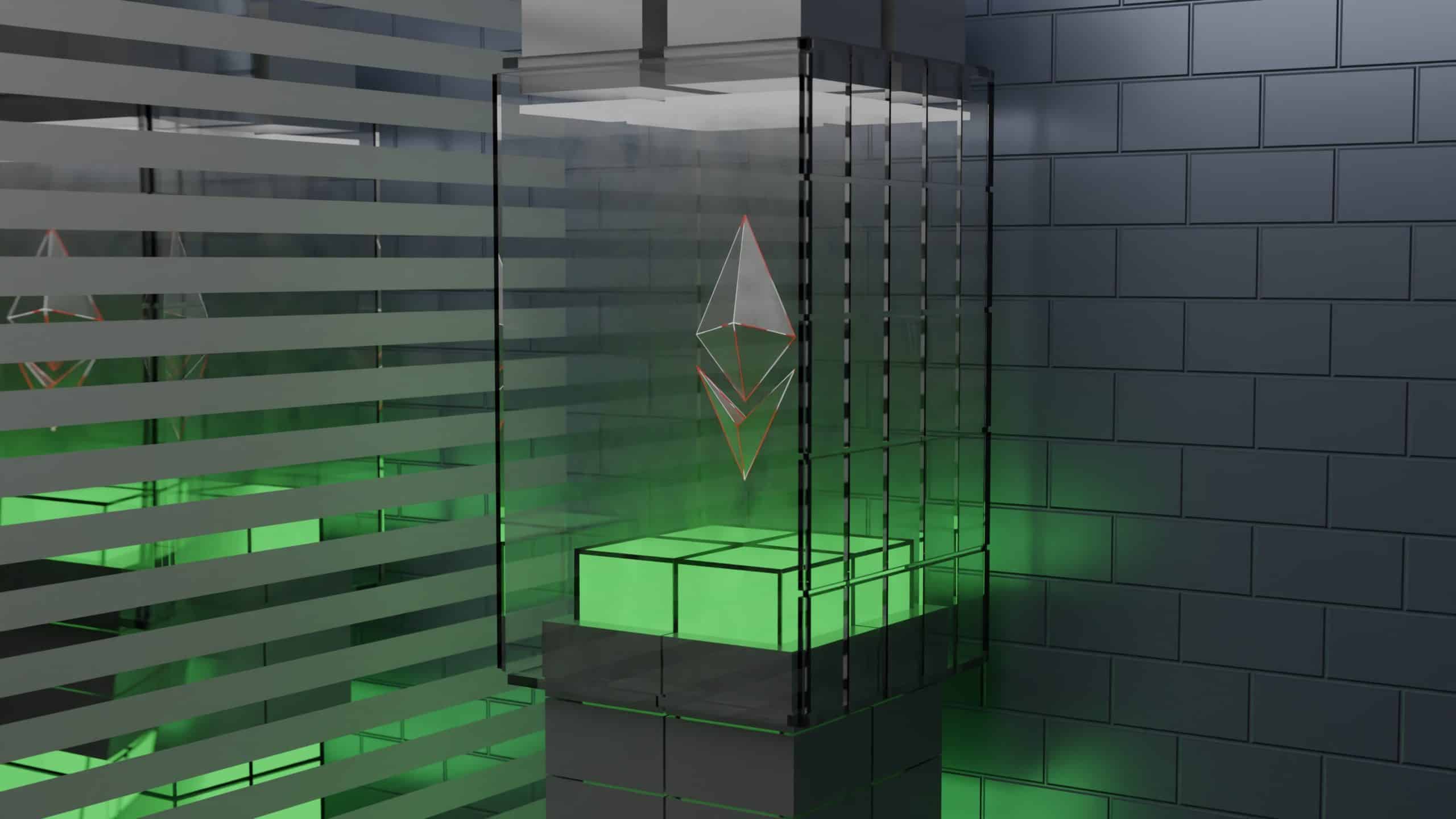The Ethereum blockchain’s Sepolia testnet has been successfully upgraded.
In an announcement on Tuesday, Ethereum developer Parithosh Jayanthi shared that the Sepolia testnet was upgraded to Shapella on Feb. 28.
Shapella is live and finalized on Sepolia #SepoliaShapella
Next would be Goerli, then Mainnet🦉 pic.twitter.com/NGXTW9ibDe
— parithosh | 🐼👉👈🐼 (@parithosh_j) February 28, 2023
The Shapella upgrade combines the names of Shanghai and Capella, two upcoming hard forks that will be shipped sometime in the first half of 2023. Shanghai is the fork that corresponds to the execution layer, while Capella is the name of the consensus layer’s upgrade.
With one testnet successfully upgraded, the next steps are to implement Shapella on the Goerli testnet and the Ethereum mainnet itself.
“First time I slept through a testnet fork, but it went without issues from what I see on our nodes,” tweeted Ethereum developer Marius van der Wijden.
The upgrade is a crucial one because it introduces the ability for validators to withdraw their staked ETH from the Beacon Chain. It also introduces new functionalities to both the execution and client layer, including five Ethereum Improvement Proposals (EIPs).
Validators can opt to either fully or partially withdraw their ETH from the deposit contract. A partial withdrawal means they can withdraw the rewards earned from staking in excess of the 32 ETH they deposited and remain on as a validator. A full withdrawal, or removing their principal staked ETH and rewards, will mean they will cease participation and exit the network.
However, ETH balances on software wallets like MetaMask were not updated accurately to reflect the withdrawals from the Beacon Chain, according to a bug report from Ethereum core developer Tim Beiko.
We saw this bug on MetaMask during the Sepolia fork, but others probably have the same issue. Here's a bug report for them: https://t.co/1juXUAbMPq
— timbeiko.eth (@TimBeiko) February 28, 2023
“Withdrawals are processed similarly to PoW emission: they are added to the addresses’ balance “behind the scenes”, at the *end* of block execution,” said Beiko.



